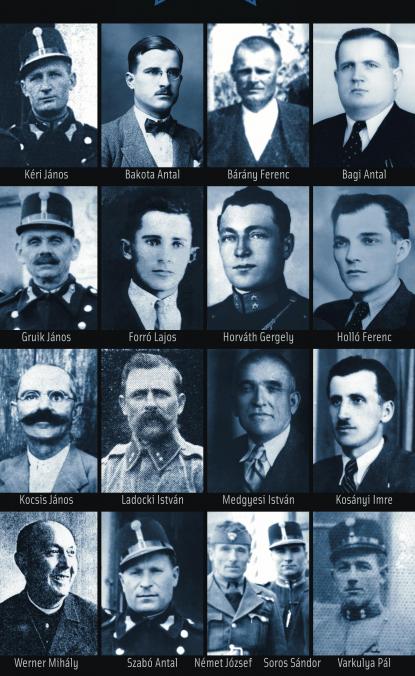2024. May 3. Friday
House of Terror Museum - Budapest
 |
Address: 1062, Budapest Andrássy út 60.
Phone number: (1) 374-2600
E-mail: muzeum@terrorhaza.hu
Opening hours: Tue-Sun 10.00-18.00
|
The exhibition has closed for visitors.
2011.02.22. 00:00
Museum tickets, service costs:
|
Ticket
(valid for the temporary exhibitions, the permanent exhibition is not included )
|
1000 HUF
|
/ capita
|
|
Ticket for adults
|
2000 HUF
|
|
|
Group ticket for adults
(from over 20 people)
|
1500 HUF
|
/ capita
|
|
Ticket for students
(EU citizens from the age of 2 to 26 or with ISIC Card )
|
1000 HUF
|
|
|
Group ticket for students
(from over 20 people)
|
800 HUF
|
/ capita
|
|
Ticket for pensioners
(EU citizens from the age of 62 to 70)
|
1000 HUF
|
|
|
Group ticket for pensioners
(from over 20 people)
|
800 HUF
|
/ capita
|
|
Supplementary fee
(valid for the temporary exhibitions, extra ticket for the permanent exhibition )
|
500 HUF
|
/ capita
|
|
Group guide
(max. 30 people)
|
6000 HUF
|
|
|
Group guide
(2 groups, max. 60 people)
|
8000 HUF
|
|
|
Group guide
(max. 30 people)
|
8000 HUF
|
|
|
Group guide
(2 groups, max. 60 people)
|
15000 HUF
|
|
|
Audio guide
(in English, German)
|
1500 HUF
|
The tragedy of the Hungarians in the Délvidék region is one of Hungarian history's darkest chapters. Yet this well-nigh unfathomable genocide belongs to some of the least known events of the twentieth century.

There are no definitive figures available for the Hungarian victims of the massacres. Based on the OZNA's registration lists, the number of Hungarians executed without a trial in October and November 1944, far exceeds 5,000. This figure does not include the Hungarians sentenced to death by Yugoslav people's courts. Moreover, the mass murders lasted - albeit with decreasing intensity – until the spring of 1945, although the military administration ceased already in February.
According to Svetozar Kostić Capo, the then Vojvodina head of the OZNA, approximately 20,000 Hungarians were killed by members of the security agency. On the basis of additional recollections, eye-witness accounts and local documents, most Serbian Hungarian researchers estimate the number of Hungarian victims of the massacres as 15 - also 20,000.

There are no definitive figures available for the Hungarian victims of the massacres. Based on the OZNA's registration lists, the number of Hungarians executed without a trial in October and November 1944, far exceeds 5,000. This figure does not include the Hungarians sentenced to death by Yugoslav people's courts. Moreover, the mass murders lasted - albeit with decreasing intensity – until the spring of 1945, although the military administration ceased already in February.
According to Svetozar Kostić Capo, the then Vojvodina head of the OZNA, approximately 20,000 Hungarians were killed by members of the security agency. On the basis of additional recollections, eye-witness accounts and local documents, most Serbian Hungarian researchers estimate the number of Hungarian victims of the massacres as 15 - also 20,000.
